Randian asked New York-based galleries attending Art Basel Hong Kong to send in one image and a couple of lines about it. Look out for these around the fair:
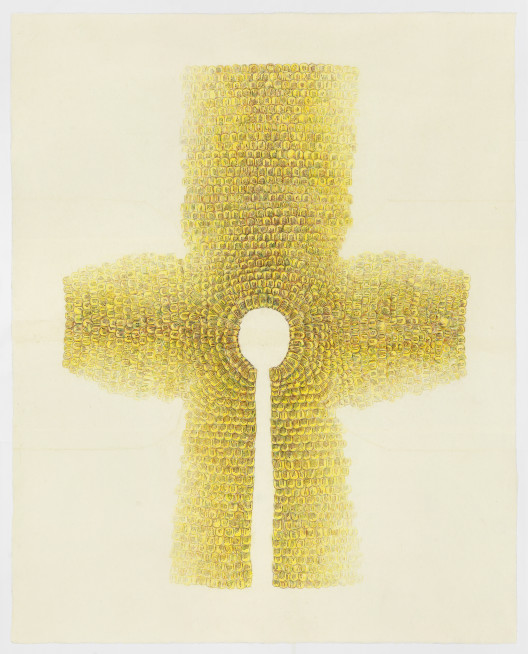
Lehmann Maupin
At their Art Basel Hong Kong booth (1C08) Lehmann Maupin will present a selection from Do Ho Suh’s Rubbing/Loving series, his most elaborate use of drawing to date conveying 1:1 representations of locations and items that are of particular cultural or personal importance to the artist, in this instance, the artist’s former apartment in New York’s Chelsea neighborhood. In addition to showing at Lehmann Maupin’s booth, Suh will be honored at the Asia Society’s third annual gala in Hong Kong on March 11.
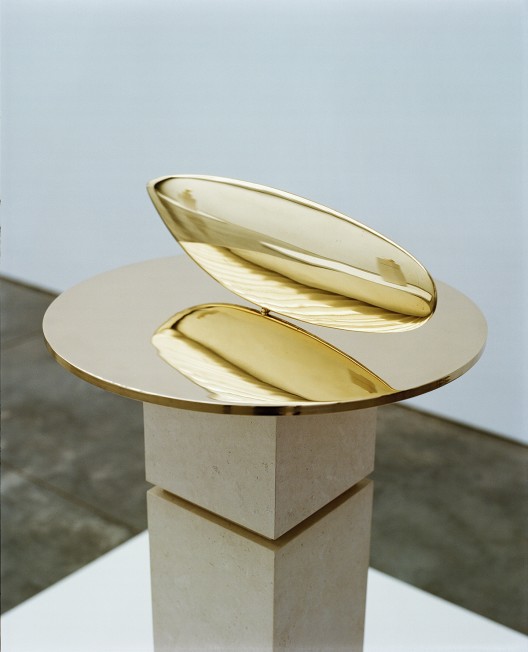
Paul Kasmin
One of Brancusi’s most iconic forms, ”Fish,” was manifested in several iterations between 1922 and 1930 and the plaster from which the work Paul Kasmin Gallery is showing at Art Basel Hong Kong was cast, is in the Atelier Brancusi, Musee National d’Art Moderne, Centre Pompidou, Paris.
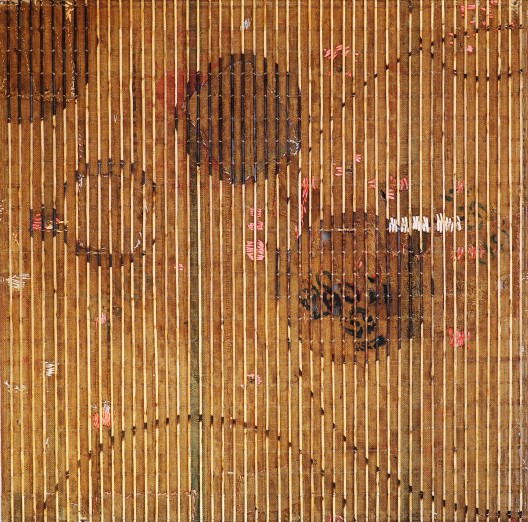
Tyler Rollins Fine Art
At Art Basel Hong Kong, Tyler Rollins Fine Art will present a solo booth of works by Sopheap Pich; including a new series of Wall Structures, scaffolding-like grid forms that explore the rhythms of line and void, as well as works incorporating carved stone elements for the first time, and also organic forms, specifically those inspired by seed pods, vines, hair, and antlers.
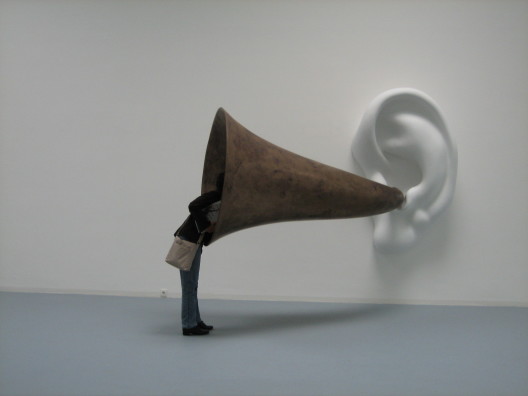
Marian Goodman
“Beethoven’s Trumpet: In One Ear & Out the Same Ear” is John Baldessari’s first ever sculptural project. An edition of six, this series represents a significant and exciting expansion of Baldessari’s practice, while maintaining a strong conceptual resonance with his two-dimensional work. The sculpture greets viewers with a large bronze colored ear trumpet suspended four feet off the ground and extending out into space. The trumpet is held aloft by an equally oversized white ear, which is mounted to the wall. When a viewer speaks into the trumpet, the voice triggers a short musical phrase drawn from Beethoven’s Late String Quartet (Opus 127), written while the composer was completely deaf.
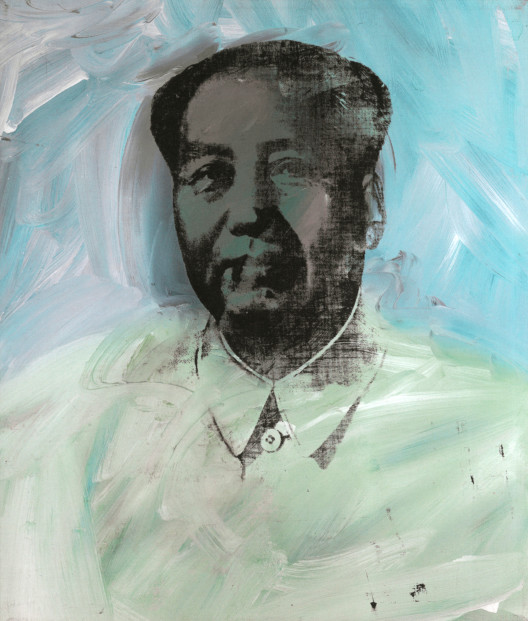
Edward Tyler Nahem Fine Art
“Mao”, 1973, is a masterpiece from Andy Warhol’s widely revered series of portraits of Mao Zedong, an appropriation explicitly chosen because of its multiple associations, most importantly fame, politics, and power.
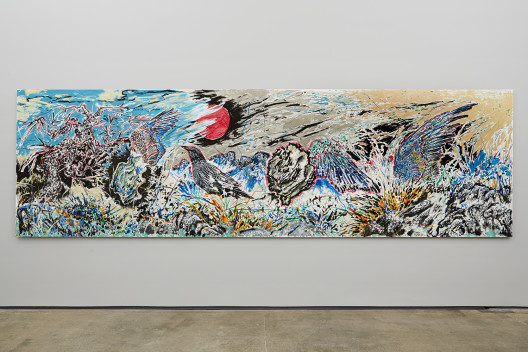
152.4 x 518.5 cm, 2014. © Sun Xun, Courtesy: Sean Kelly, NY.
Sean Kelly
From Sun Xun’s recent solo exhibition, “The Time Vivarium,” this work was created while Sun was in residence at Sean Kelly last December, working in an ad hoc studio on the lower level of the gallery.
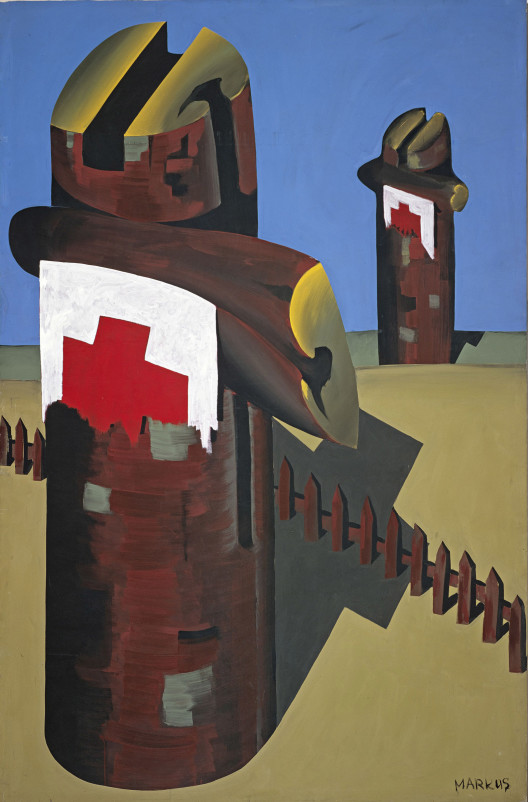
Michael Werner
“It starts as an idea without a form. It is not a concept, it is a feeling. Anything from daily life can trigger a painting. The motif becomes the vehicle for the painting. (…) I made a large drawing of what I wanted on the paper. After this I would usually make only three paintings from any given motif. (…) Beyond the traditional idea of the motif, this was my idea of painting movement. ” (From an interview between Markus Lüpertz and Peter Doig).
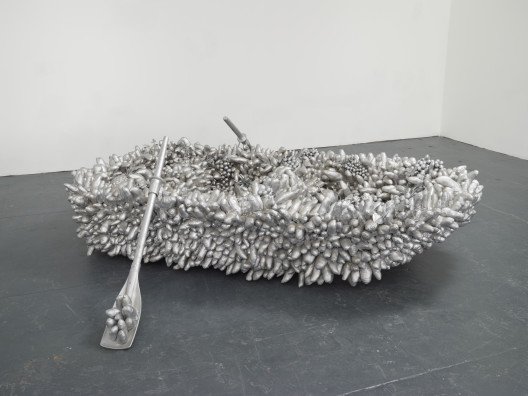
Fergus McCaffrey
Fergus McCaffrey is pleased to present a tandem exhibition of Natsuyuki Nakanishi and Yayoi Kusama. While of the same generation and country, the artists pursued divergent paths in their practice.
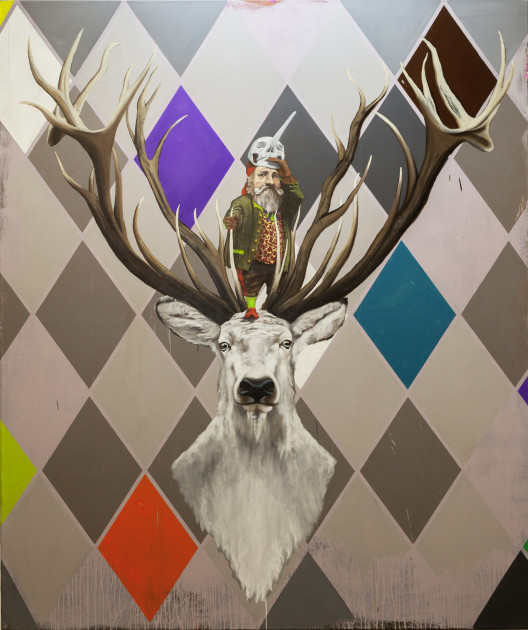
Chambers Fine Art
“My paintings explore the boundaries between worlds – between the real and the imagined, between East and West, between abstraction and figuration, between the physical world and the spirit world.” (Gama).
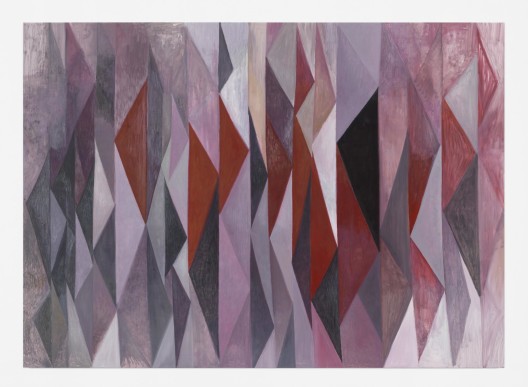
Hauser and Wirth
The centrepiece of Hauser & Wirth’s painting-focused stand is Guillermo Kuitca’s ‘Untitled’ (2011), a work that explores the artist’s fascination with modernist motifs in which dynamic harlequin forms span the canvas to create a rhythmic crescendo.
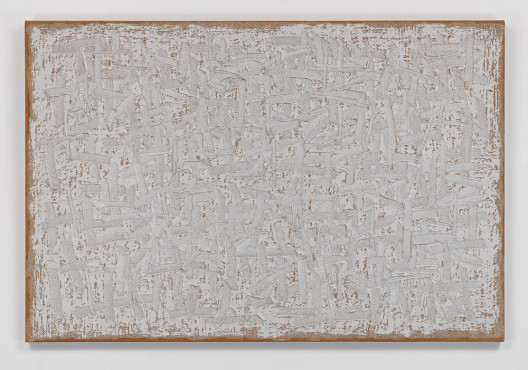
Blum and Poe
“The act of pushing, or the gesture of pressing has no relation at all to the act of drawing, which takes place on the canvas surface.” (Ha Chonghyun).
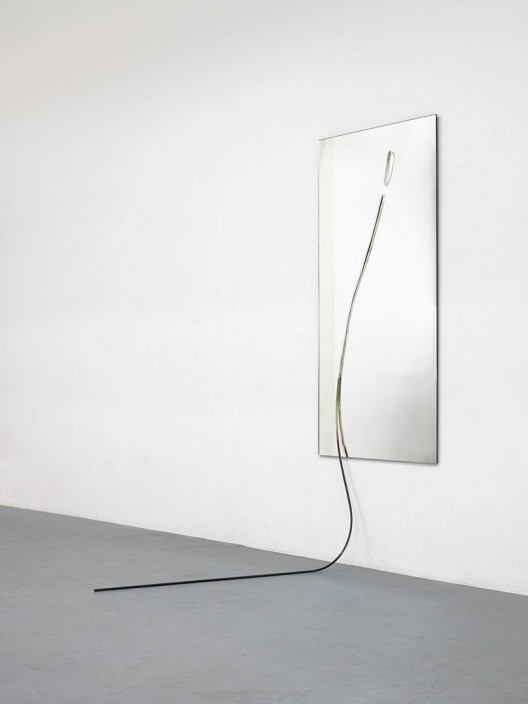
303 Gallery
A piece of bronze extends from a mirror along the floor, creating a juxtaposition between the image in the mirror, and the physical reality.
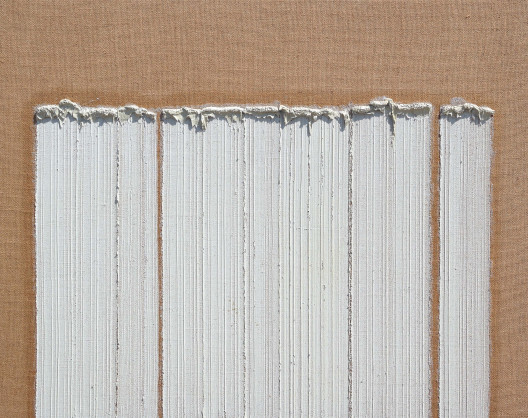
Kukje Gallery
One of the main artists of Dansaekhwa, Ha Chong-Hyun works with plain, woven hemp, and his interest in the simple muted tones of hemp stem from his work in the 1970s when he bravely explored non-traditional materials that were used to transport food aid from the U.S. following the Korean War.